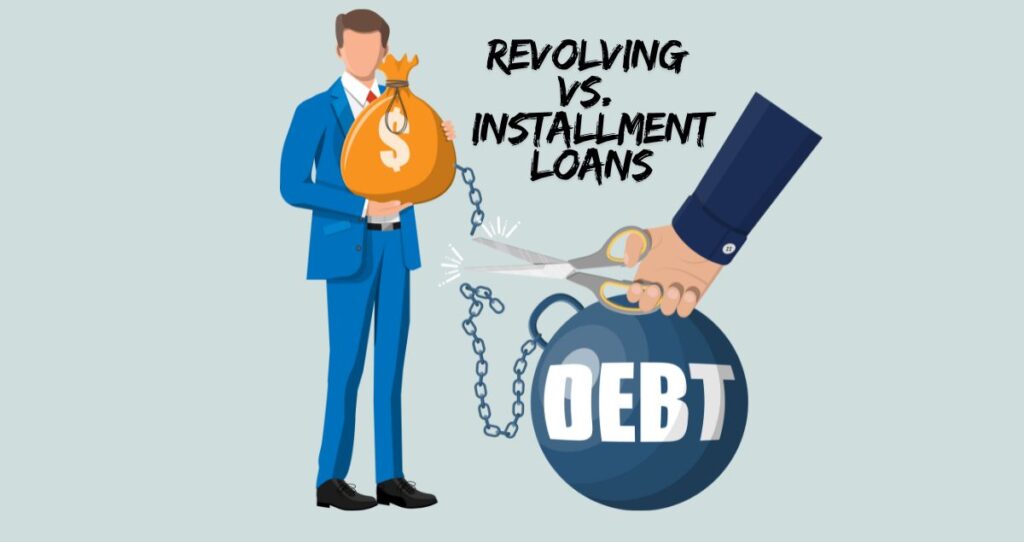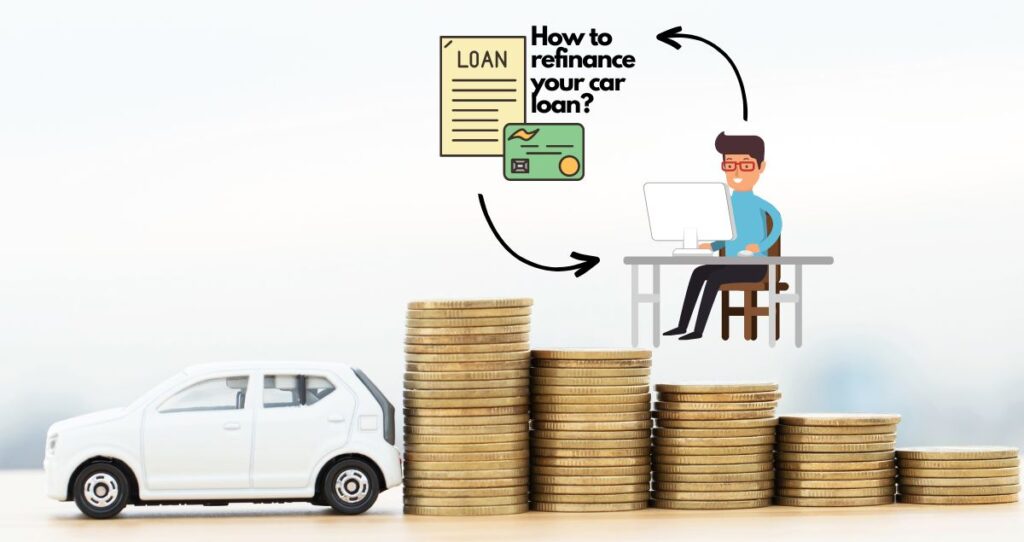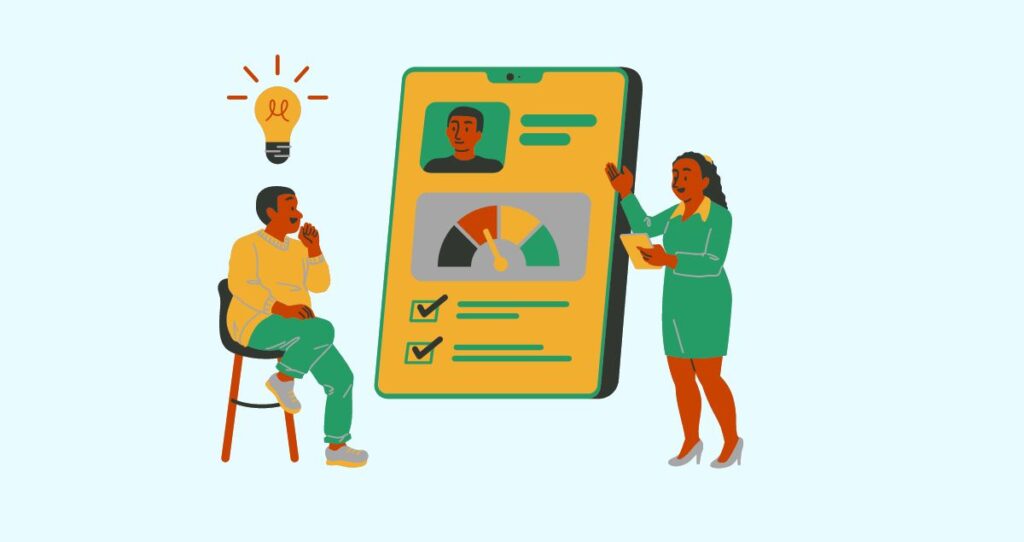Having a thin credit file can prevent you from getting loans or approved for many financial products and services. Unless you are thinking about using cash your entire life, you need to improve a thin credit file in case you have not built enough credit history.
Lenders rely on your past credit account activities to estimate how risky it is to lend you money. When you don’t have enough information on your credit reports, it becomes difficult to validate your credit account applications. For this reason, most creditors will deny you credit when you have a thin file.
The good news is that you can improve a thin file really fast with the right strategies. This article will walk you through the details of how you can improve a thin credit file to help you qualify for credit.
What is a thin credit file?
A thin credit file means that you have little to no information on your credit reports. Lenders and businesses that manage your accounts report your account activities to major credit reporting bureaus. Major credit bureaus(Equifax, TransUnion, and Experian) and other credit rating companies use that information to make your credit reports. In addition, these companies calculate your credit scores(FICO score, VantageScore, etc) using credit scoring models.
Depending on where your information has been reported, the industry, and the models used to calculate your score, you might find out that you have different credit scores. This does not mean that one score is more accurate than the other. It simply means that different weights have been applied to information in your credit reports which resulted in different credit scores.
Having a thin file means that credit reporting agencies did not receive enough information that can go on your credit reports. This can be due to the lack of credit accounts(you are new to credit) and/or you have not been using your credit accounts. The lack of activities on your credit reports will result in a thin file. People who are new to credit might not even have a credit score.
How to improve a thin file?
Having a thin file does not mean you cannot do anything about it. It is not the end of the world either. It simply means that you need to take action and get information on your credit reports and improve your credit history. For example, if you only have one credit card and have been using cash instead of your credit, you will have pretty much nothing on your credit reports.
If you are new to credit or have not been using your credit accounts properly, you can use some of the following tips to help you improve your thin credit file.
Related: 9 Things to know before getting a credit card
1. Get a credit builder loan
A credit builder loan is a type of loan where the money is deposited in a savings account before you can have access to it. The lender requires that you make all necessary payments for the money in the account before you earn it. Your payments will include the principal amount, fees, and interests. The interest on credit builder loans ranges from 6% to 16% and their terms are usually from 6 months to 24 months.
If you have no credit or have bad credit, this will be one of the few options you will have to get your hands on credit. As you make your payments, the lender will report your account activities to major credit bureaus which will help you improve your thin file, build a credit history, and increase your credit score.
Lenders will not trust you with their money if you have a thin credit file. This does not mean you cannot have access to credit and boost your credit score. One great option to consider when you want to improve a thin credit file is to become an authorized user of a credit card. As an authorized user, you will be added to someone else account and receive a credit card under your name. All responsibilities on the account will be held by the original account owner.
To avoid any financial struggles down the road, you must use your card responsibly. You should not make expensive purchases, spend extravagantly, or use the card in ways that violate the account owner’s terms.
Some credit card issuers will report activities on the account which will help you improve a thin credit file and help you qualify for credit later on. Not every lender reports authorized users’ activities to major credit agencies. For this reason, make sure that the card issuer reports authorized user activities to credit bureaus.
you should also sign up for an account that has a good credit score and solid credit history. This will help you take full advantage of these services and benefit from the account owner’s excellent credit activities.
3. Clean up your credit reports
It is possible that you have a thin credit file because of missing information or errors in your reports. If this is the case, check your credit reports and dispute any errors or inaccuracies in your credit reports. This process alone might help you improve your thin credit file and increase your credit score.
You can get a free copy of your annual credit reports from each major bureau once in 12 months. Each bureau is required to give you one copy per year. If you are ready to view your credit reports, go to https://www.annualcreditreport.com/. This is the only government-approved website to get free copies of your credit reports. For more details and how you can get your reports, use the following guide.
Guide: How to get a free annual credit report?
4. Use a co-signer
If you need to open a credit account such as a credit card or a loan account and have a thin file, use a co-signer. A co-signer is a person who vouches for you and helps lenders to ease restrictions they have on you.
A good co-signer is a person who is financially responsible. That is they have a good credit score, have an established credit history, and have a significantly higher income. People who are struggling financially are not good co-signers. Co-signers usually take responsibility on your behalf, and therefore, he/she should be someone banks and lending institutions can trust.
5. Have your utilities and rent payments reported to major bureaus
An easy and less risky way to improve a thin credit file is to have your rent and utility payments reported to credit bureaus. People with thin credit files do not qualify for most financial products. That is why it is important to get a lot of information on their credit reports with minimal effort or cost. Any utility payments and rent payments can all be reported and help you build credit.
6. Get starter credit cards
There are credit card issuers that offer starter credit cards. Starter credit cards usually are for people with no solid credit history (new to credit). In order words, if you have a thin credit file, you will need to start from somewhere. Having a good source of income is very important when you don’t have a credit history. The income shows that you make enough money that will cover your balances if you get approved.
Starter credit cards usually come with lower credit limits. As you use your credit accounts and pay off your balances, you will eventually qualify for credit cards with higher credit limits or other forms of credit accounts such as loans, personal loans, and mortgages.
7. Get a secured credit card
Secured credit cards are some of the best options for people with thin credit files. A secured credit card functions similarly to a normal credit card. The only difference is that you will need a security deposit before you can open an account.
With a secured credit card, you should expect your credit limit to be low or the same as your deposit. Just like a normal credit card, all activities on a secured credit card are monitored and reported to major bureaus. Which helps you build a credit history and boost your credit score.









